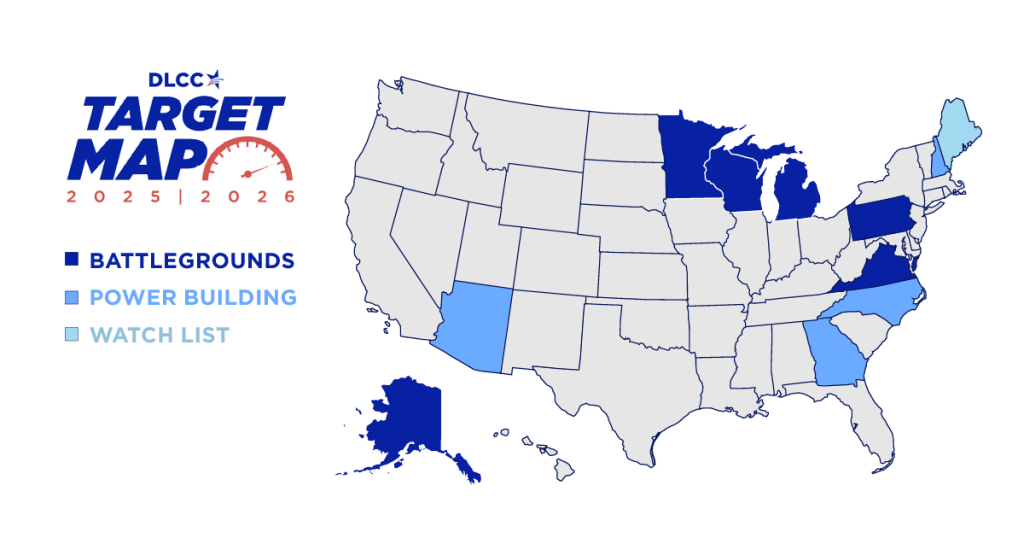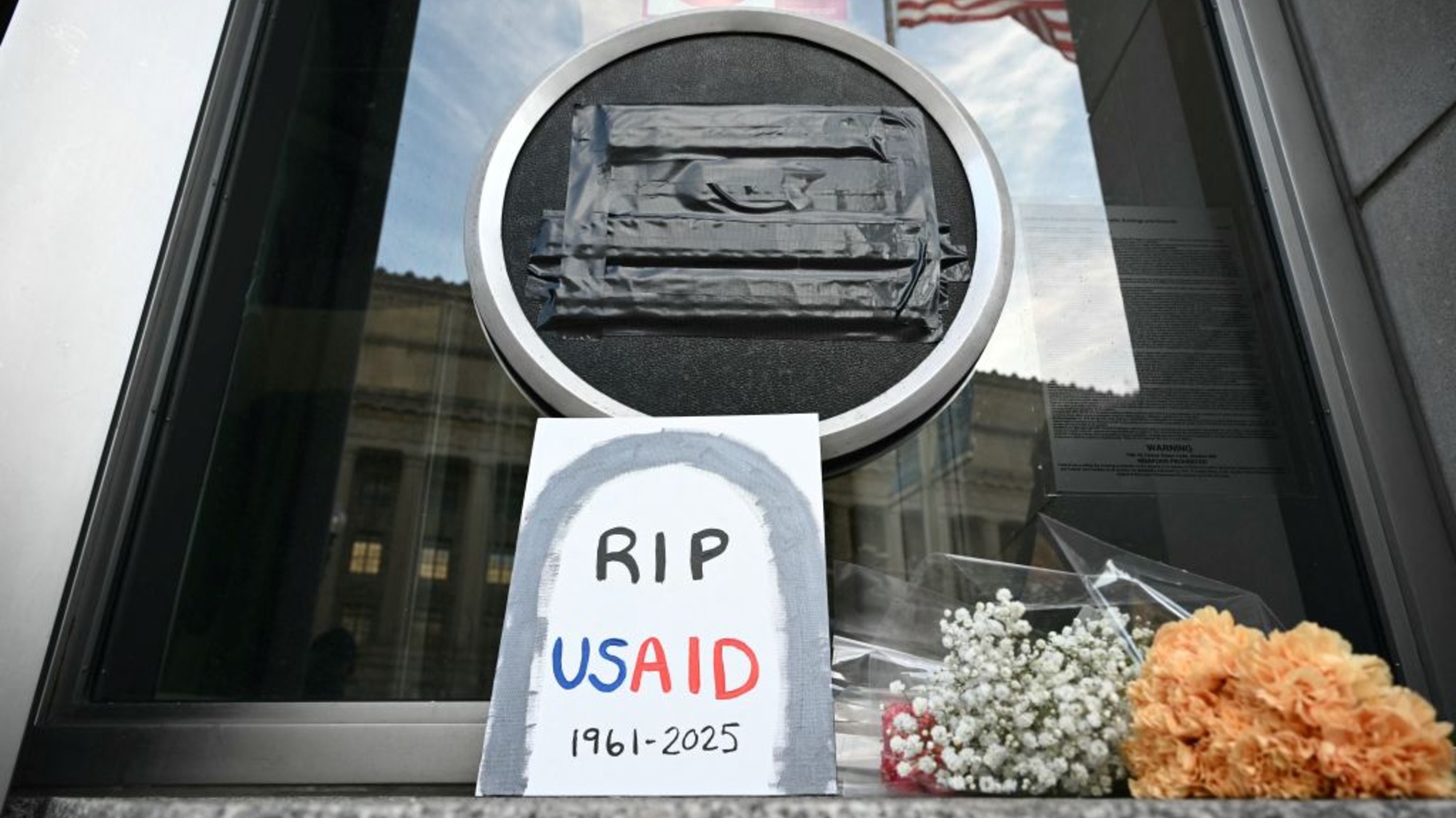The Tiny Texas Reptile Testing the “Drill, Baby, Drill” Agenda
This story was originally published b_y Vox.com a_nd is reproduced here as part of the Climate Desk collaboration.
While President Donald Trump has caused chaos and confusion in his first few weeks in office, he’s made one thing very clear: His administration will do everything in its power to supercharge oil and gas production.
That agenda is unwelcome news for a small lizard in West Texas.
The dunes sagebrush lizard—a tan, scaly reptile measuring just a few inches long—lives in the Permian Basin, the largest oil producing region in the country. It’s found nowhere else on Earth. The basin stretches across West Texas and southeastern New Mexico and produces, by some estimates, as much as 40 percent of US oil. It’s likely that you’ve traveled in a car or plane using fuel derived from oil in the Permian Basin.
Drilling for oil and gas, and the infrastructure that supports it, harms the dunes sagebrush lizard, according to more than two decades of research. Roads and well pads damage and fragment the reptile’s habitat, as does the process of mining sand for fracking. These activities are threatening to extinguish the lizard, which is now unable to survive across nearly half of its historic range, according to the US Fish and Wildlife Service, a government agency.
To stave off extinction, the Fish and Wildlife Service listed the lizard as endangered under the federal Endangered Species Act last spring. The ESA is the nation’s strongest law for protecting wildlife. Under the law, it’s illegal to kill endangered animals and plants (with some exceptions) and the government is required to devise and implement a plan to revive their populations.
Now, however, environmental advocates fear that federal protections for this lizard—which were decades in the making—are at risk. Donald Trump’s agenda for energy dominance has allied his administration with the oil industry, which has long viewed regulations to protect rare animals as a barrier to drilling. Especially when they live in oil country.
That puts this humble lizard in a tough spot. Like several other species, it has become a political wedge used to criticize and dismantle environmental regulations that most Americans support, according to environmental advocates. And over the next four years it will serve as a test—of the ESA, and how far the Trump administration is willing to go to undermine the protections it affords.
To an untrained eye, dunes sagebrush lizards look pretty generic. They’ve got prickly scales, snakelike heads, and long, spindly feet, much like other lizards.
It’s their home—and adaptations to it—that make them so unique. The lizards live in “neighborhoods” within a rare habitat comprising sand dunes and woody shrubs, where they’re known to dive, or swim, under the sand to stay cool. To breed and find food, these animals move between neighborhoods, said Lee Fitzgerald, a researcher and professor at Texas A&M University who’s been studying these lizards for more than 30 years. Oil and gas infrastructure, such as access roads and well pads, disrupts this flow by fragmenting the landscape, Fitzgerald said. “When they’re isolated, they go extinct locally,” he told Vox. Studies dating back to the ’90s have shown that there are fewer lizards where you have a higher density of well pads and more fragmentation.
Trump has instructed agencies to “suspend, revise, or rescind” actions that are “unduly burdensome” to energy exploration and development.
Fitzgerald loves these lizards. They’re an important piece of a rare duneland ecosystem, he said. Other people in Texas oil country, however, see them as a nuisance—as only an impediment to development. A decade ago, when the Fish and Wildlife Service first proposed listing the lizard as endangered, Sen. Ted Cruz claimed that the government was using the lizard to shut down oil and gas production. “You know my view of lizards? They make dern fine boots,” Cruz told the crowd, which laughed and applauded.
And these attitudes have persisted. Shortly after the lizard was listed as endangered, Wayne Christian, commissioner of the Texas Railroad Commission, which regulates the state’s oil and gas industry, repeated Cruz’s joke, laughing. “This doesn’t have a thing to do with ‘saving lizards.’ It’s about shutting down US oil and gas production to win political brownie points,” Christian said in a statement after the listing.
“It doesn’t matter if it’s a lizard, a chicken, a whale, or a unicorn. Radical environmentalists won’t be satisfied until we all get out [sic] energy from firewood and are living in a cave again.”
Yet protecting the lizard isn’t the barrier to oil drilling that companies would have you believe, Fitzgerald said. The area they live in is small, making up about 4 percent of the Permian Basin. Plus, techniques like horizontal drilling allow companies to extract oil and gas under lizard habitat without disturbing the surface. In fact dozens of oil and gas firms are already enrolled in voluntary plans to conserve the lizard that are approved by the Fish and Wildlife Service. “The habitat is easy to avoid,” Fitzgerald said. “It’s easy to achieve conservation of this lizard.”
The idea that listing it as endangered would upend the oil and gas industry is not rooted in reality, said Jason Rylander, a senior attorney at the Center for Biological Diversity, an advocacy group that’s been working for decades to conserve the lizard. Instead, Rylander says, conservative leaders in states like Texas are weaponizing the lizard and other endangered species to push a specific narrative: that environmental regulations like the Endangered Species Act are bad for industries like oil and gas and should be made less stringent or dismantled altogether. The lesser prairie chicken, which was listed in 2023, is similarly a thorn in the side of many Republicans lawmakers.
“The lizard is in a position for being used as a rationale that the Endangered Species Act is bad, even though conserving the lizard is relatively easy,” Fitzgerald told me.
Ben Shepperd, president of the Permian Basin Petroleum Association, a trade group that represents the oil and gas industry, said, “We have no problem working with regulations to protect species.” He disagreed with the suggestion that the Texas oil industry opposes regulations to protect the dunes sagebrush lizard. “We strongly believe that conservation and development can work hand in hand,” he told Vox.
Shepperd did not respond to follow-up questions asking how those comments align with statements by the PBPA that called the proposal to list the lizard an “attack” against “American independence” and the Permian Basin. Shepperd previously said he doesn’t think the lizard is in danger of extinction.

Lizard habitat in West Texas. Lee Fitzgerald
Shepperd told Vox the petroleum industry has been at the “forefront of conservation efforts for multiple species,” spending tens of millions of dollars on efforts to improve habitat and “support species throughout the ranges.” Those efforts have significantly improved both the habitat and populations of the dunes sagebrush lizard, he said. He did not respond to a follow-up question asking for evidence of improved habitat and population. A 2020 report from the American Conservation Foundation on voluntary efforts by the oil and gas industry to conserve the lizard says some companies have changed their operations to avoid impacting the animal’s habitat.
President Trump has not made specific comments about the dunes sagebrush lizard (he has degraded other tiny, endangered animals, such as the delta smelt), but he aims to make it easier to exploit important wildlife habitat for oil and gas. On his first day in office, the president signaled that his government may use what he spuriously called a “national energy emergency” to bypass the standard protocols to protect wildlife under the Endangered Species Act.
Trump has also called on each government agency to “suspend, revise, or rescind” actions that are “unduly burdensome” to energy exploration and development. Doug Burgum, Trump’s secretary of the Interior Department — which oversees the Fish and Wildlife Service — has already signed secretarial orders that aim to boost fossil fuel extraction over endangered species protections.
“The lesser prairie chicken and dunes lizard are our test cases,” said Rylander, who is also the legal director of the Center’s Climate Law Institute. “They’re both recently listed species in the oil country, and both have been delayed in their listings for decades, and now they’re finally on the list. What is the Trump administration going to do about that?”
The Endangered Species Act is considered the strongest wildlife law in the US, and among the strongest in the world. And it explicitly prohibits the government from considering economic factors when it determines whether or not a species is endangered.
Yet the protections it affords aren’t bulletproof.
Last fall, Texas Attorney General Ken Paxton sued the Interior Department and the Fish and Wildlife Service over the dunes sagebrush lizard. The suit—which asks the court to vacate the endangered listing—alleges, among other things, that the government didn’t rely on the best available data to evaluate the lizard’s extinction risk. To determine that risk, the Fish and Wildlife Service looked at how much healthy habitat the lizard has left, not at the total number of lizards and how it’s changed over time. Making the determination based on habitat availability instead of population size is inadequate, the suit alleges.
Fitzgerald, the nation’s leading expert on the lizard, disagrees. You don’t need to know the exact number of lizards to figure out that they’re in decline, he said, especially because they depend on a very specific type of habitat. The lizard is endangered, he said.
Paxton’s suit also alleges that the federal government did not fully consider existing voluntary agreements by companies to conserve the animal, such as through horizontal drilling. Rylander of the Center for Biological Diversity says that such agreements to protect the lizard population are voluntary, untested, and lack oversight. The Fish and Wildlife Service, meanwhile, asserts that the risk of extinction for the lizard is high even with these efforts in place. “I don’t think the Texas arguments are particularly strong,” Rylander said of the lawsuit.
Paxton’s office did not respond to a request for comment. The Fish and Wildlife Service declined to comment.
There are a few ways this could play out, Rylander said. One is that the district court, where this was filed, rules in favor of Texas and moves to throw out the listing; the proceedings would likely take years and it would be fought by groups like the Center for Biological Diversity. Another is that the Texas judge rules in favor of the Fish and Wildlife Service, and the listing stays.
The Fish and Wildlife Service, under the Trump administration, could alternatively try to settle the lawsuit with Texas by agreeing to reconsider its decision to list the lizard as endangered. That could lead to delisting, if the government could somehow prove the species isn’t at risk of extinction. “The Trump administration would have to justify a change of position in a new rulemaking process—which could take a year or more,” Rylander said.
The agency could also simply admit a legal error in making the decision to list the lizard, vacating the listing while it reconsiders the ruling.
It’s likely that the federal government will reconsider the listing, said Gabriel Eckstein, a law professor at Texas A&M University. “They’re going to be pressured to either undo it, reverse it, reconsider—I’m not sure which,” Eckstein said.
Another possible outcome, though more unusual, would involve Congress. Lawmakers could pass a bill that includes a rider to delist the lizard or the prairie chicken. This is how a population of gray wolves in the Rocky Mountains was delisted in 2011: A congressional spending bill included a rider calling on Idaho and Montana to delist the gray wolf.
Andrew Bowman, the president and CEO of Defenders of Wildlife, a nonprofit advocacy group, said that he anticipates such legislative riders as one tool used in the broader threats to wildlife in the next few years. Bowman also fears a more wholesale dismantling of the Fish and Wildlife Service that would have far greater impacts on wildlife in the US. “It takes a lot of money and time to do listings, to do recovery plans, to designate critical habitat,” he said. “Will they just find a way to hollow out the agency so that the law basically becomes ineffective?”
How Trump and his agencies ultimately approach this small lizard, if at all, will reveal how far his agencies will go to undermine the Endangered Species Act. Will this reptile be sacrificed in the name of Trump’s energy dominance agenda—opening other endangered species to threats—or will the letter and spirit of the law, as it exists now, prevail? In all likelihood, this reptile will remain the subject of litigation for years to come, all the while inching closer and closer to extinction.
“The lizard is a phenomenal example of the way that politics affects endangered species protection,” Rylander said. “The intent of Congress and the Act to list species based solely on the best scientific and commercial evidence available is continually thwarted by political and policy decisions across administrations.”
 Listen in the player above, or follow Reveal on your favorite podcast app:
Listen in the player above, or follow Reveal on your favorite podcast app:


